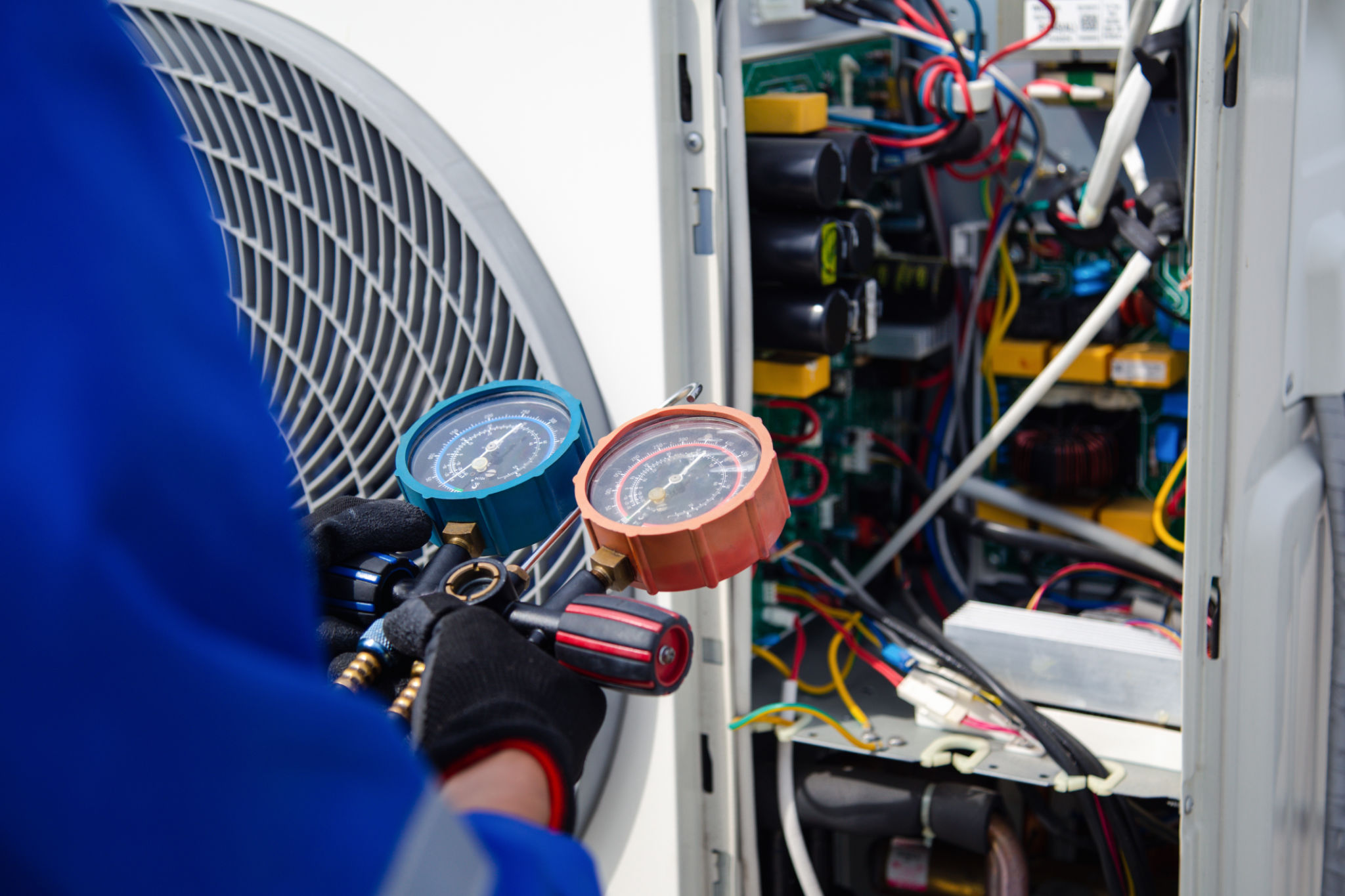DIY Tips: Maintaining Your Split System for Optimal Performance
Understanding Your Split System
Split systems are popular HVAC solutions that provide efficient heating and cooling for homes. Understanding the components and how they work is crucial for maintaining optimal performance. A typical split system consists of an indoor unit and an outdoor unit, connected by refrigerant lines.
The indoor unit houses the evaporator coil, while the outdoor unit contains the compressor and condenser coils. Regular maintenance of these components ensures your system operates efficiently and prolongs its lifespan.

Regular Cleaning of Filters
One of the easiest DIY maintenance tasks is cleaning or replacing the air filters. Dirty filters can restrict airflow, reducing system efficiency and increasing energy consumption. Most filters are located in the indoor unit and should be cleaned every one to three months.
To clean the filter, remove it from the unit and gently vacuum any dust and debris. If it's washable, rinse it with water and let it dry completely before reinserting it. Replace disposable filters as needed to maintain optimal air quality.
Inspecting and Cleaning Coils
The evaporator and condenser coils play a vital role in heat exchange. Over time, they can accumulate dirt and debris, which impedes their functionality. It's important to inspect these coils regularly and clean them if necessary.

To clean the coils, gently brush off any visible dirt or use a coil cleaner spray available at hardware stores. Ensure the system is off before performing this task to avoid any electrical hazards.
Checking Refrigerant Levels
Refrigerant is essential for your split system's cooling function. Low refrigerant levels can lead to inefficient cooling and increased energy bills. While checking refrigerant levels typically requires professional assistance, you can look for signs of low refrigerant, such as ice buildup on the coils or a noticeable decrease in cooling performance.
If you suspect low refrigerant levels, it's best to contact a certified HVAC technician to assess and recharge the system if necessary.
Maintaining the Outdoor Unit
The outdoor unit is exposed to the elements, making it susceptible to dirt and debris buildup. Regularly inspect the unit for leaves, twigs, or other obstructions that might impede airflow. Keep the area surrounding the unit clear to ensure proper ventilation.

Additionally, check the fins of the outdoor condenser coil for any damage. Use a fin comb to straighten bent fins carefully, or consult a professional if you're unsure how to proceed.
Ensuring Proper Drainage
Proper drainage is crucial for preventing water damage and maintaining system efficiency. Regularly check the condensate drain line for clogs or blockages that might cause water to back up into the system.
If you notice water pooling around the indoor unit, it may indicate a clogged drain line. Use a wet/dry vacuum to clear any blockages or call a professional for more severe issues.
Setting the Right Thermostat Settings
Adjusting your thermostat settings can greatly impact your split system's performance. During summer, set your thermostat to a higher temperature when you're away from home to save energy. In winter, lower it during sleeping hours for similar benefits.

Consider installing a programmable thermostat for more precise control over your home's temperature settings and to optimize energy usage throughout different times of the day.
Scheduling Professional Maintenance
While DIY maintenance is effective for basic upkeep, scheduling annual professional maintenance is crucial for ensuring your split system operates at peak performance. HVAC technicians can perform thorough inspections, identify potential issues, and provide necessary repairs or adjustments.
By combining DIY tips with professional care, you can maintain your split system's efficiency, extend its lifespan, and enjoy a comfortable home environment year-round.
